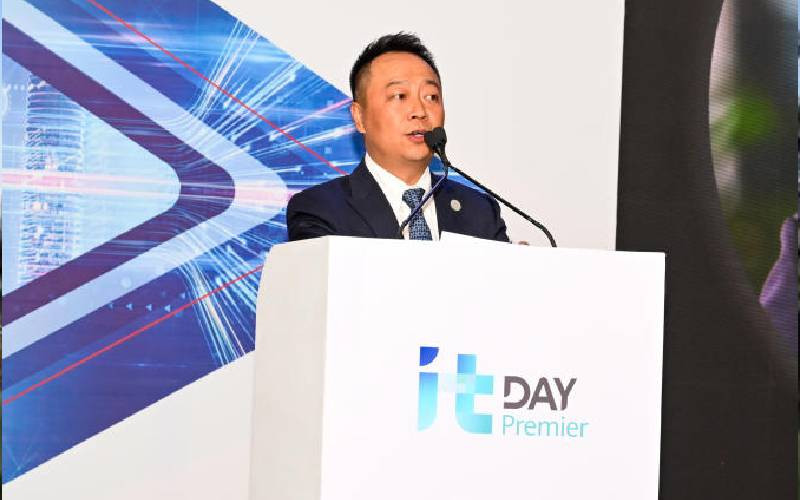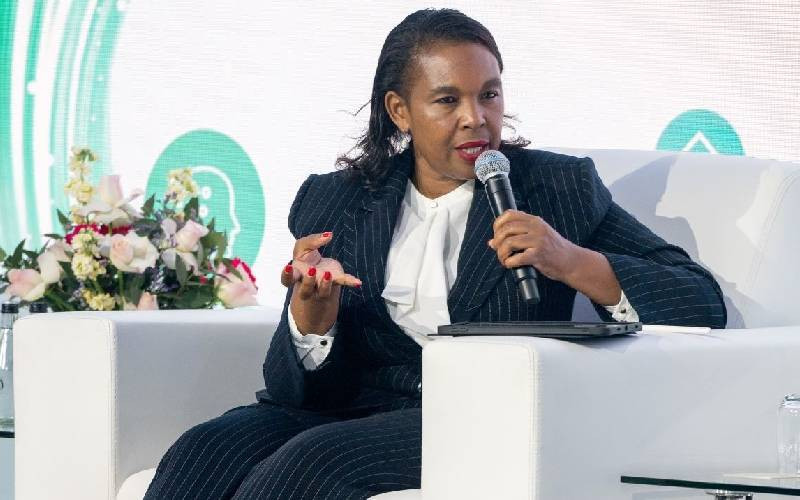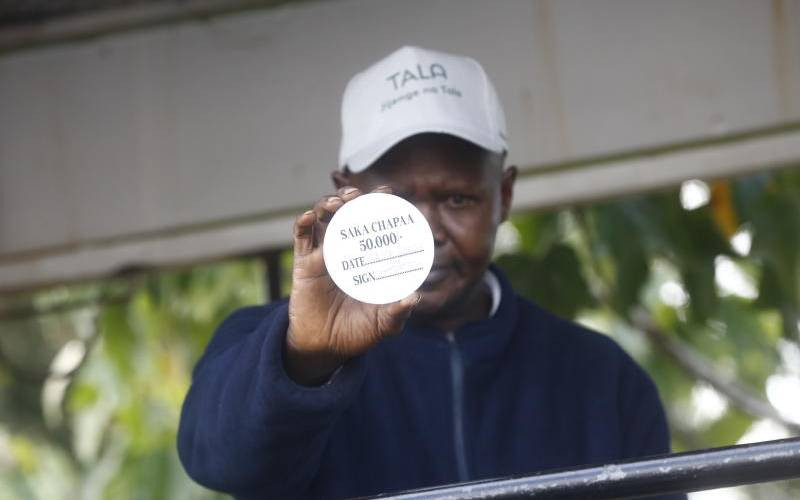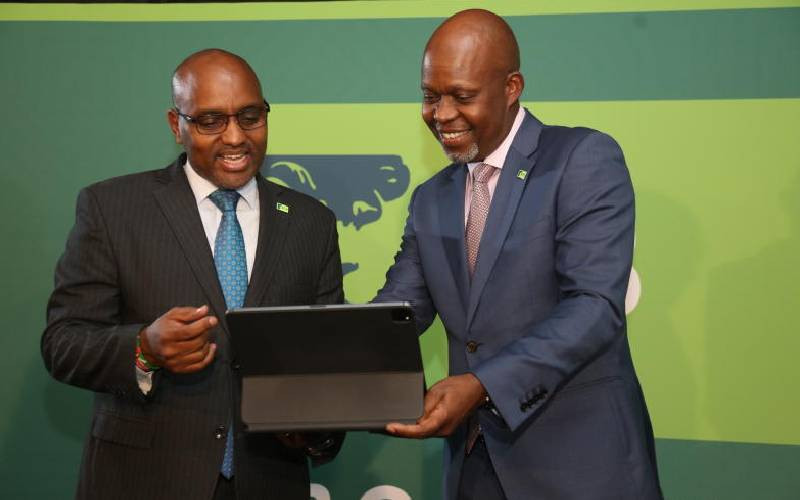Like most Kenyans, I spent most of my growing up life unaware of venous illnesses like thrombosis; until I was diagnosed with varicose veins as a teenager.
Remarkably, I had all the classic signs of the disease including enlarged, swollen, and twisting veins. Yet even the doctors I initially visited could not immediately pick it out and spent five years treating me for something else.
So, it does not come as a surprise to me that a majority of Kenyans – even educated ones – have not heard about most venous diseases. These diseases include blood clots, deep vein thrombosis, superficial venous thrombosis, chronic venous insufficiency, varicose and spider veins and knee ulcers.
Like most non-communicable diseases (NCDs), venous diseases rarely get media coverage and funding, unlike communicable diseases which are frequently discussed in the media and receive billions in funding every year.
While communicable diseases affect many people, so do NCDs. Research shows that NCDs kill 41 million people globally each year, equivalent to 71 percent of all deaths.
Recent data indicates that one in every four people worldwide die from conditions caused by thrombosis alone. It is therefore reasonable to put more attention on NCDs; including venous diseases.
In this regard, for the past five years, October 13 has been set aside to raise public awareness on the impact of venous ailments, under the banner of World Thrombosis Day (WTD).
On this day, which I hope will one day grow to command as much attention as February 14, thousands of people globally will take part in activities to raise awareness about venous diseases.
It is on WTD that the media usually cover venous diseases. Unfortunately, this is just one day out of the 365 in a year. For sustained impact, I believe that this awareness campaign should be maintained throughout the year.
It would also not hurt to have shows on television and radio and also columns in newspapers and magazines dedicated to venous diseases. After all, thrombosis alone is responsible for a quarter of the world's deaths.
Educational curricula should also be reworked to give attention to venous diseases. I say this because in my quest for treatment, I came to discover that Kenya barely has any specialists focused on these type of illnesses. More medical students should be encouraged to specialise in venous diseases and there should be educational sessions held for the public.
Similarly, I cannot overstate the fact that more funding needs to be channeled to help in the treatment of those affected.
For instance, to treat varicose veins, I have to wear compression stockings daily. These cost Sh6,500 for a pair that lasts six months. In the past, I have also been required to take daily tablets costing Sh300 a piece. This is in addition to other regimens like bandaging, which have costs up to Sh200,000.
I consider myself lucky to be in a position where I can afford such treatment, but it bothers me that millions of Kenyans out there continue to suffer in pain because they lack the financial ability to get proper treatment.
I believe that if government and donor agencies come together and recognize the need to support the treatment of venous illnesses – and indeed all NCDs – the burden on patients will be reduced and create a healthier society.
Finally, I urge Kenyans to read more about the early symptoms of common conditions like deep venous thrombosis, which can be fatal if not treated early enough.
-The writer, Gladys Wangari Kimani, is a survivor of thrombosis
 The Standard Group Plc is a multi-media organization with investments in media
platforms spanning newspaper print operations, television, radio broadcasting,
digital and online services. The Standard Group is recognized as a leading
multi-media house in Kenya with a key influence in matters of national and
international interest.
The Standard Group Plc is a multi-media organization with investments in media
platforms spanning newspaper print operations, television, radio broadcasting,
digital and online services. The Standard Group is recognized as a leading
multi-media house in Kenya with a key influence in matters of national and
international interest.
 The Standard Group Plc is a multi-media organization with investments in media
platforms spanning newspaper print operations, television, radio broadcasting,
digital and online services. The Standard Group is recognized as a leading
multi-media house in Kenya with a key influence in matters of national and
international interest.
The Standard Group Plc is a multi-media organization with investments in media
platforms spanning newspaper print operations, television, radio broadcasting,
digital and online services. The Standard Group is recognized as a leading
multi-media house in Kenya with a key influence in matters of national and
international interest.









